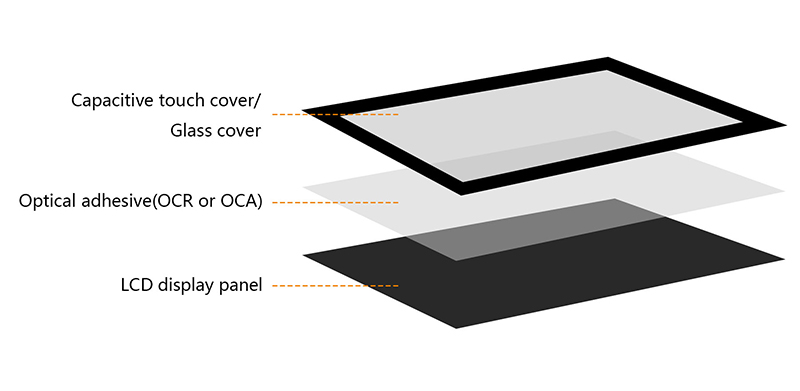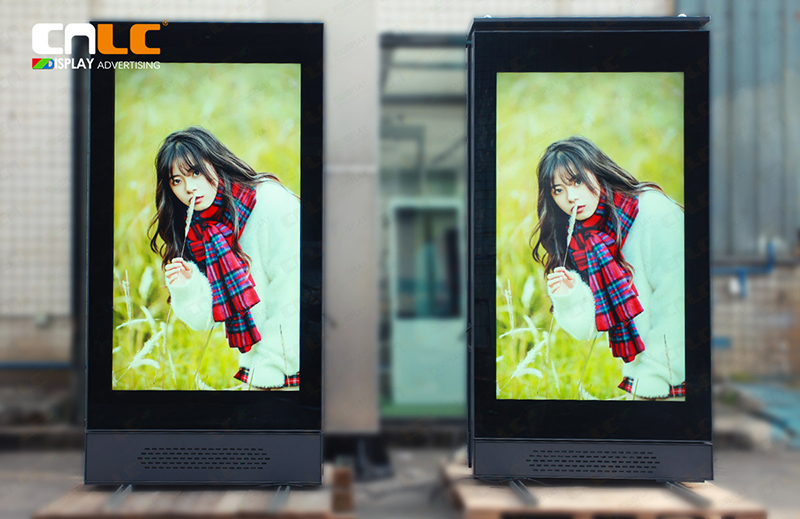what are you looking for?
 Optical Bonding: A Key Technology for Enhancing LCD Display Performance
Optical Bonding: A Key Technology for Enhancing LCD Display Performance
 How to Choose the Right LCD Display: A Comprehensive Buying Guide
How to Choose the Right LCD Display: A Comprehensive Buying Guide

 Tel : +86 18688410533
Tel : +86 18688410533 Email : info@cnlcdisplay.com
Email : info@cnlcdisplay.com STAY CONNECTED Get our news, offers, and more...
STAY CONNECTED Get our news, offers, and more...









